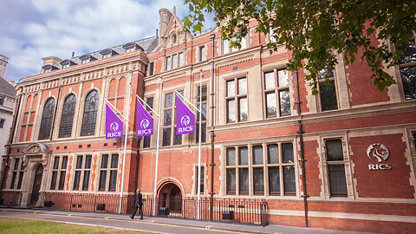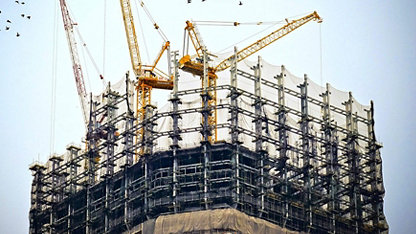In any given year, the construction, operation and decommissioning of buildings will be responsible for roughly 40% of total global greenhouse gas emissions. There can be no doubt, then, that the built environment is a linchpin of the international coalition of industries seeking to remediate damage caused by historic, carbon-intensive practices. As such, to probe the attitudes of the sector’s people is to open a window on our collective prospects of avoiding climate catastrophe. The World Built Environment Forum Sustainability Report 2021 may well be the largest such exercise ever commissioned.
Thousands of professionals from the worlds of commercial real estate and construction responded to our call. Over 30 countries are represented in their number. While this is only a monitor of prevailing sentiment, rather than a hard analysis of empirical datapoints, sentiment does matter. In fact, the results of professional sentiment monitoring can, in some cases, foretell market conditions by over a year. That was the conclusion of an independent research project, undertaken by European Central Bank economists, and published by WBEF in July 2021. The findings of this report are no less instructive for dealing in perception and intuition.
In the aggregate, the results are mixed, but tend towards the positive. Two overarching and inseparable facts ring out clearly from this work, both from the main report and the COP26 Addendum: we are moving in the right direction, but we must move faster. Our success in decarbonising the built environment, alongside the necessary action to reverse biodiversity loss, will not guarantee the future of the planet; the sector simply cannot do this alone. But our failure, should it occur, will mark the failure of our entire species.
It is an enormous responsibility and one that cannot be abrogated.
Published date: 25 August 2021
Published date: 03 November 2021











